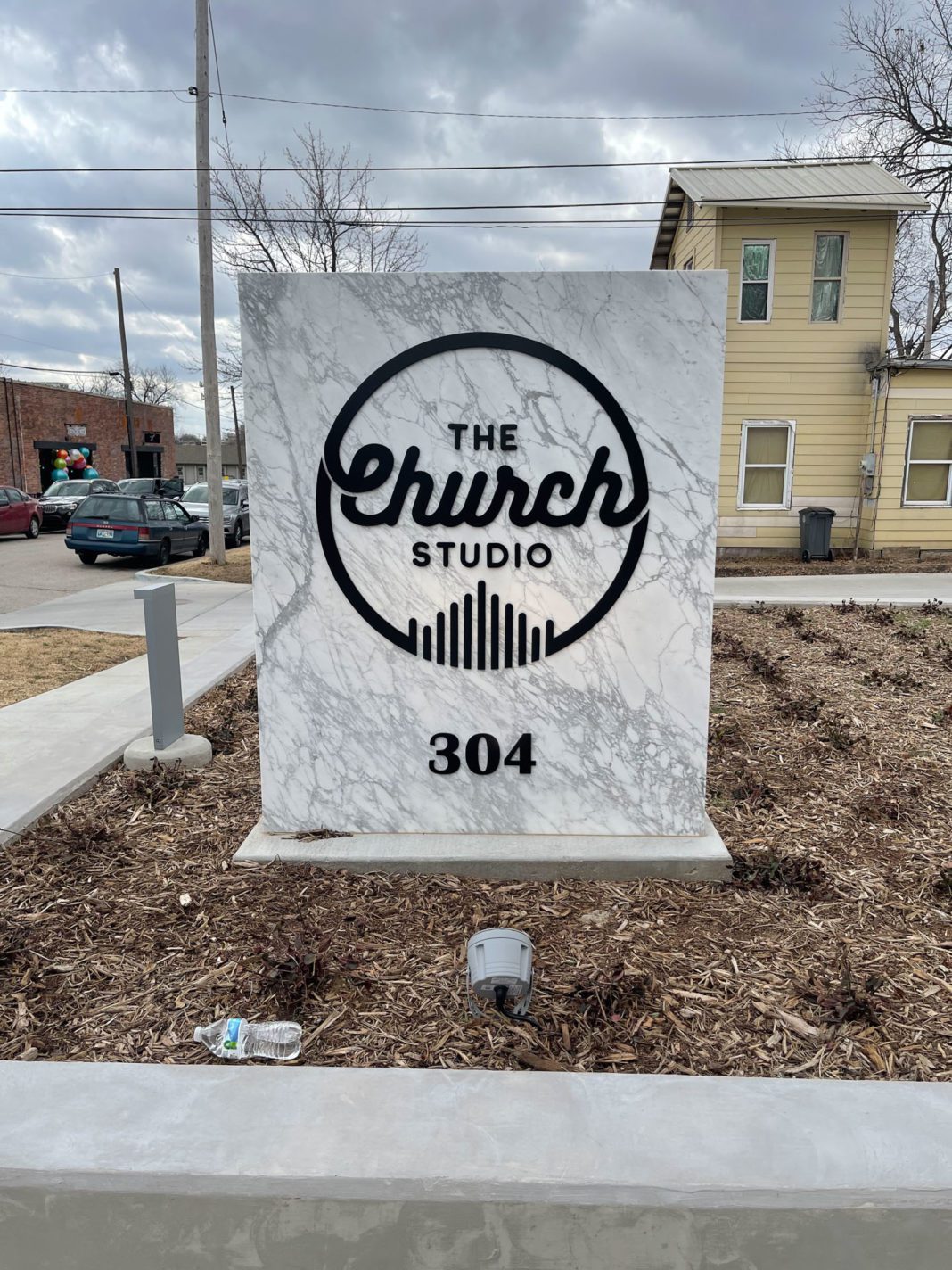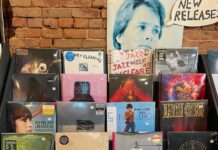It took more than half a decade to restore and renovate Tulsa’s Church Studio. And while that may sound like a long time, five years is really just a fleeting moment in the life of that historic building, which is now once again open to the public.
Consider that the Church Studio was constructed at its 304 S. Trenton location 107 years ago, first seeing life as the Grace Methodist Episcopal Church. Or that it’s been exactly 50 years since rock-music star Leon Russell, triumphantly returning from the West Coast to his hometown, bought it and turned it into a recording studio for the Shelter Records label he’d formed with British music figure Denny Cordell. And while it may seem like yesterday to many veteran Oklahoma music fans, it’s actually been 35 years since Steve Ripley moved in, launching his multiplatinum-selling country-rock group the Tractors from that very same location.
Owner Teresa Knox bought the property in 2016 with the intention of restoring it to its former status as a top-flight recording studio as well as making it, along the way, a destination for music-minded tourists, scholars, performers and aficionados.
With the restoration, she says, “we were attempting to accomplish three critical goals simultaneously, and they were often at odds.
“First, after uncovering the early church’s history from 1915 and its role in our then-new city, we wanted to preserve the early architecture and heritage that identified the structure as a living church. Second, our period of significance is from 1972 through ’74, and because of our designation on the National Register of Historic Places, the building had to reflect that iconic 1970s studio aesthetic that made it Leon-esque.
“A lot of advancements in electronics and acoustical design and engineering have occurred since that time,” she adds, “so the third thing we had to do was meet those current industry standards so that the studio would be relevant to today’s artists.”
Knox readily admits that her initial impetus for acquiring the building had mostly to do with “celebrating the trailblazers” who came to be known as the creators of the original Tulsa Sound – people like Russell, JJ Cale and David Gates, along with many others. But once she got into it, she realized there was much more there than nostalgia.
“The building quickly took on a life of its own,” she says. “It was apparent that it not only needed to honor the past, but to do so while ensuring that new music was also being created.”
In doing her best to make sure all of that happens, Knox continues a tradition begun by Russell himself, whose Church Studio attracted rock and pop artists from all across the globe and Tulsa became, for a brief and shining moment, an international musical crossroads. The Church’s significant influence on America’s popular arts extends through the Ripley era and beyond – with at least one big contribution coming from its more obscure years.
“I learned that after Leon’s ownership, the Indian Council for Drug Abuse and Addiction purchased the building and turned it into a rehabilitation center that offered counseling services, dance lessons, and acting classes,” says Knox. “I was starstruck when I discovered that the Church was where Wes Studi took acting classes.”
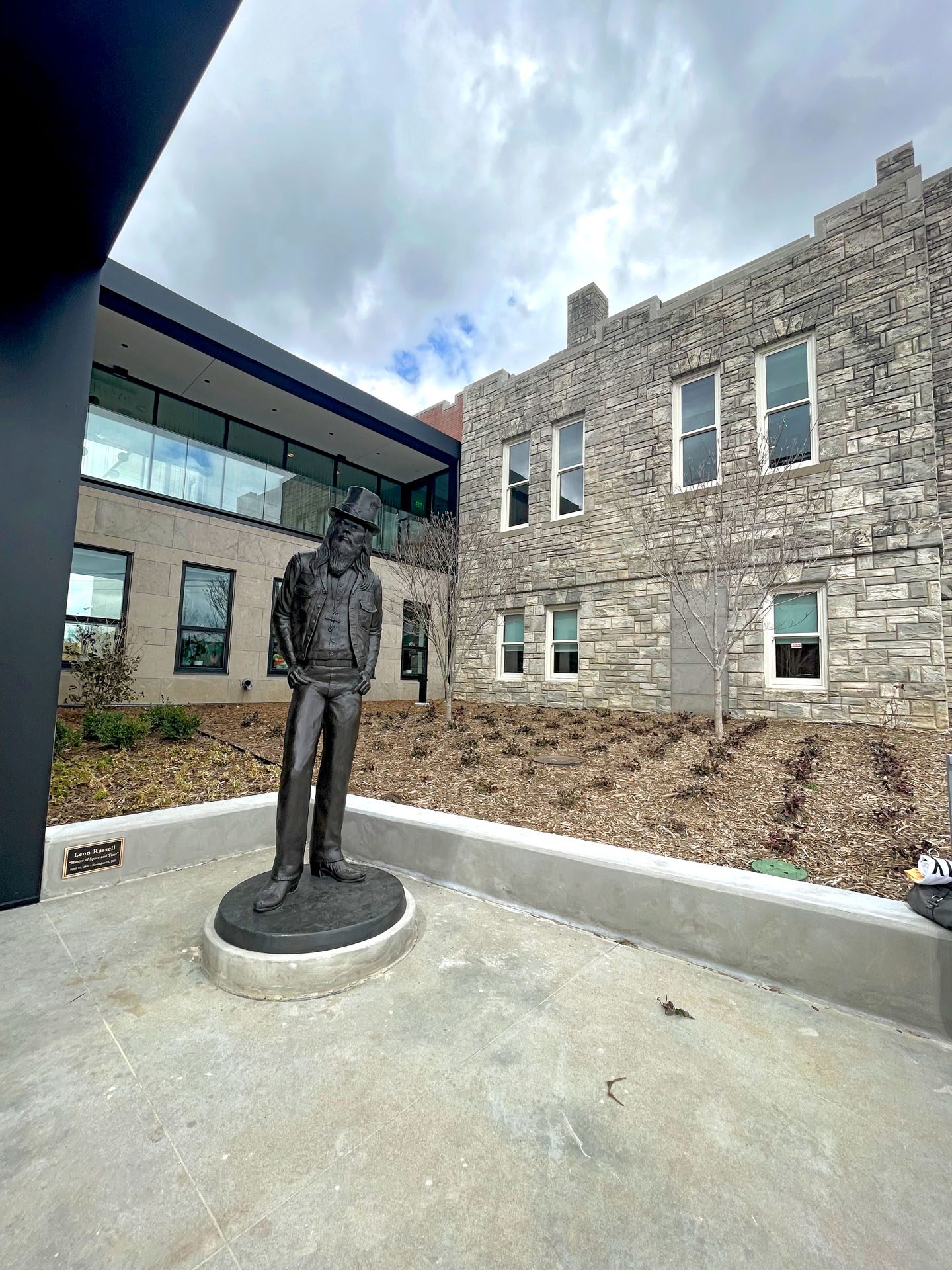
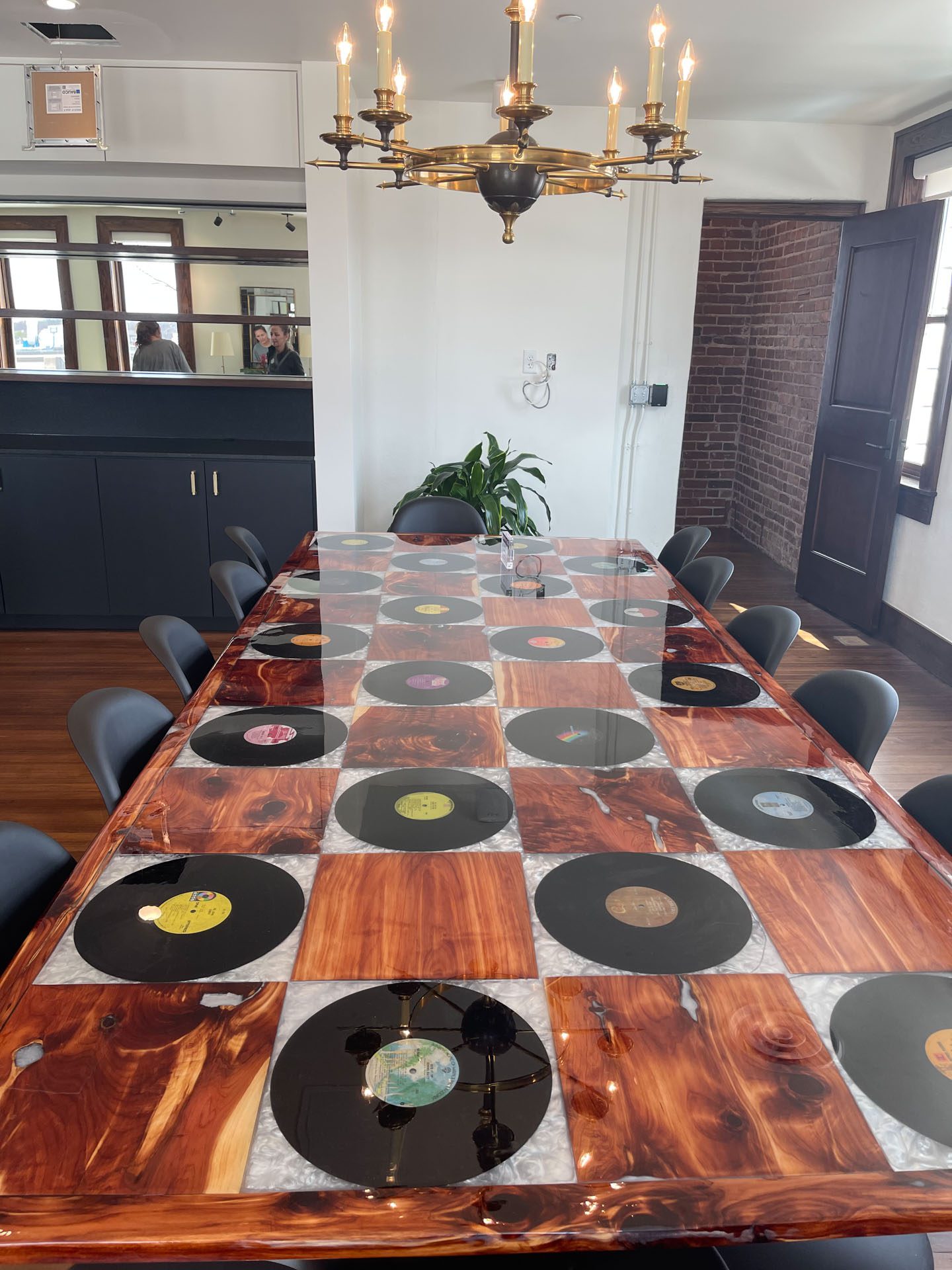
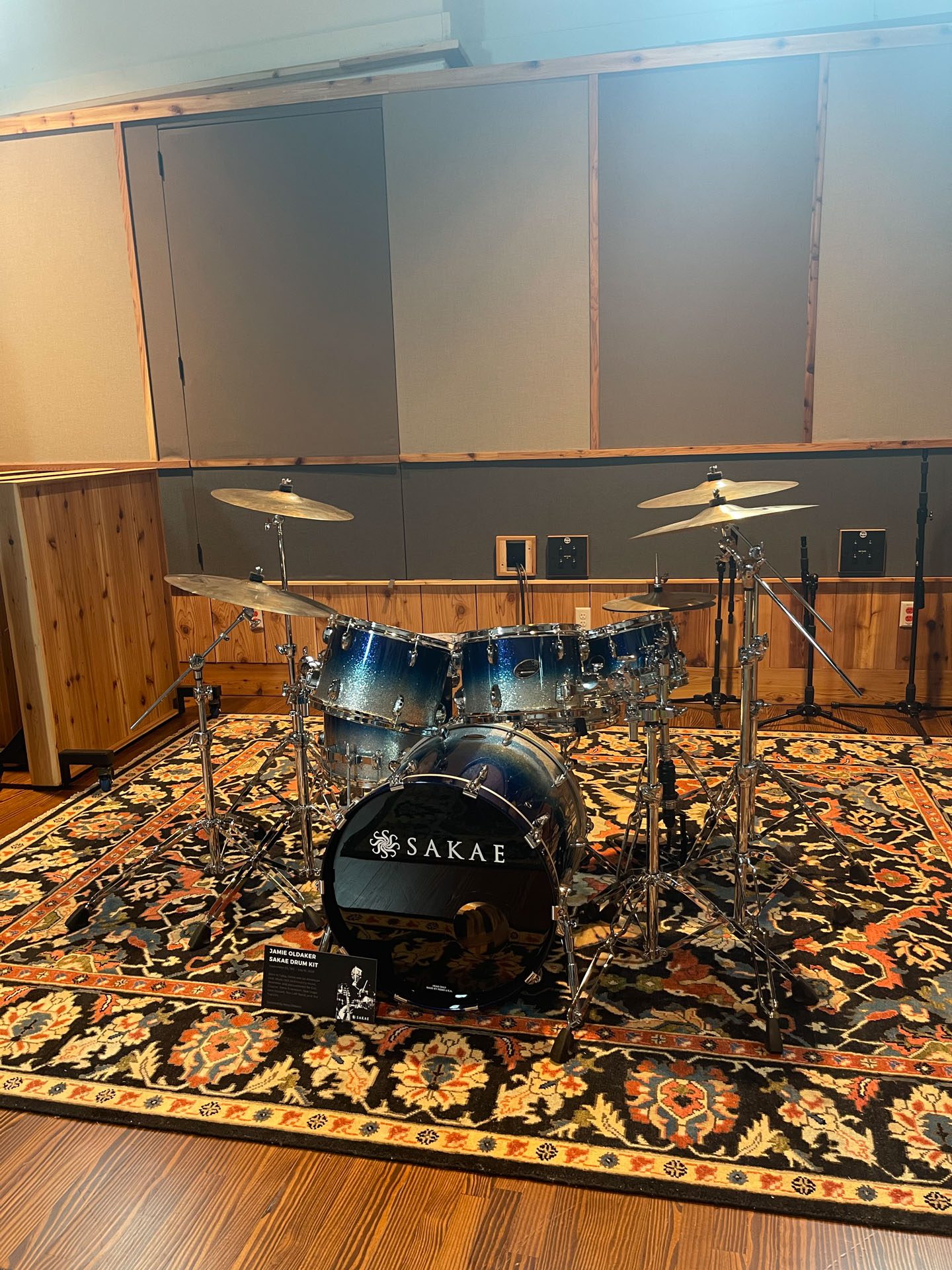
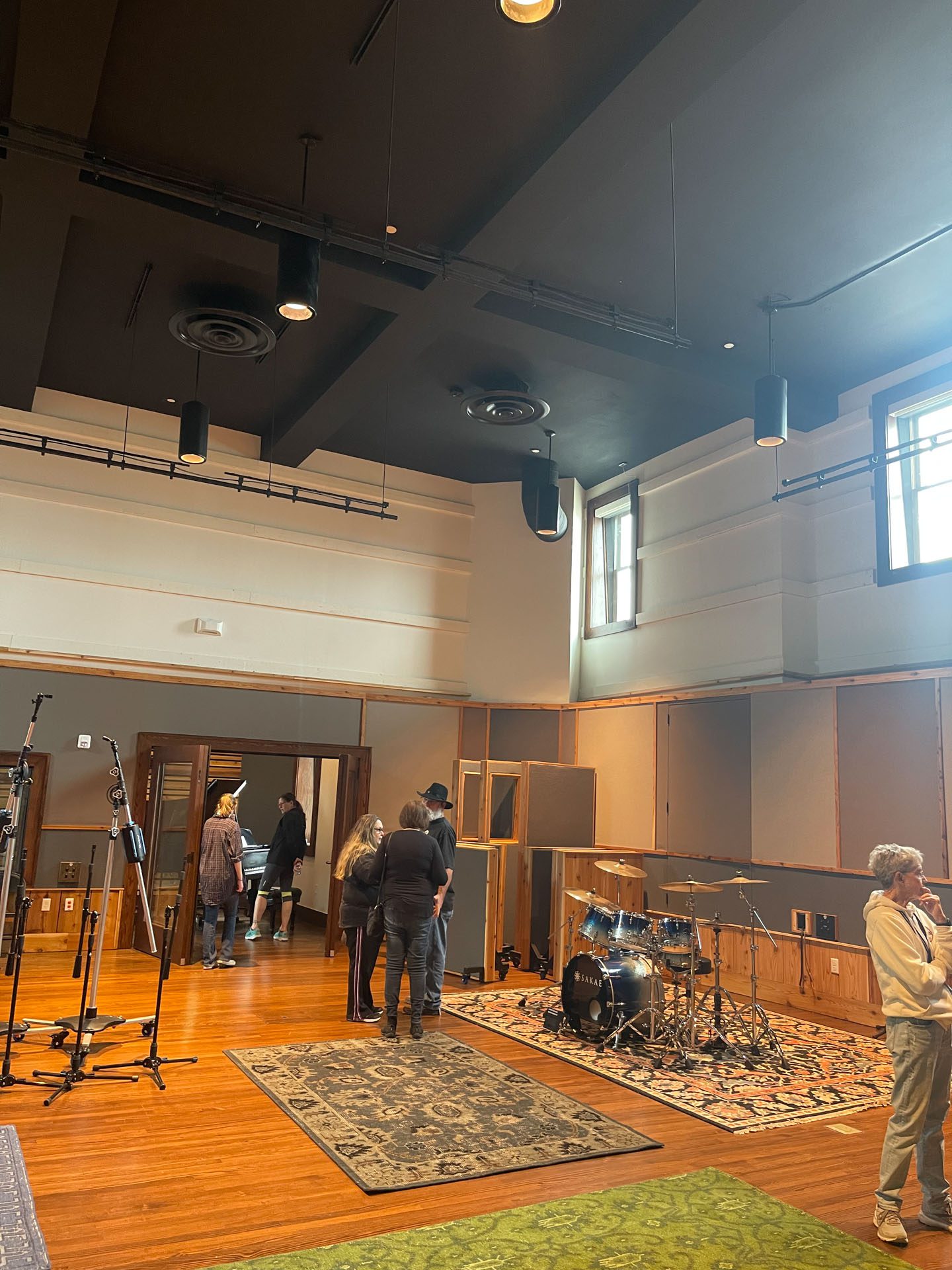
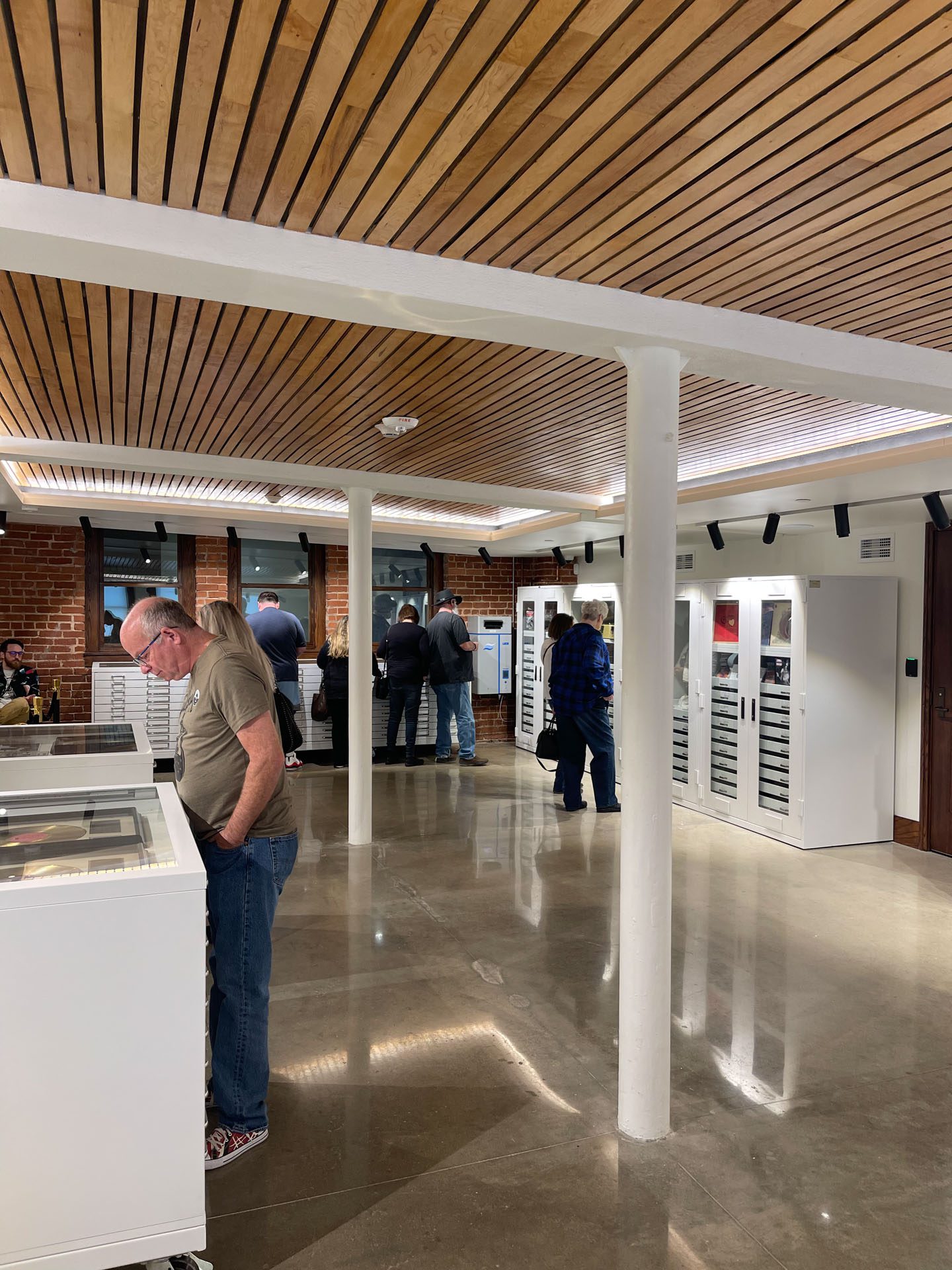

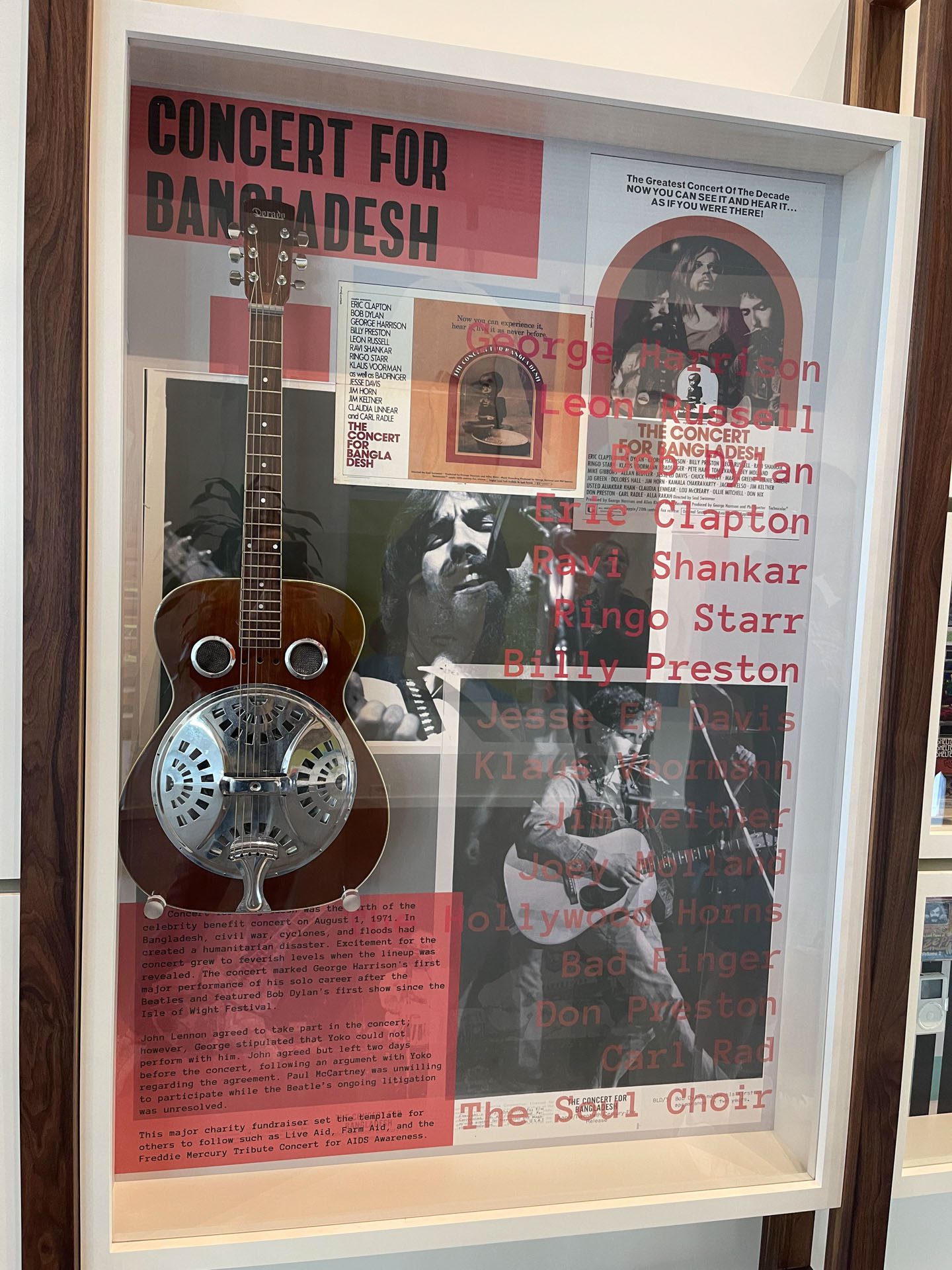
Photos by Mary Willa Allen























